The 15 Most Gorgeous Moths in the World
Butterflies might get all the credit for being the pretty ones, but moths can definitely share the spotlight. Some of these creatures have wings that shimmer, colors that rival gemstones, and patterns that look straight out of an artist’s sketchbook. Let’s check out the most beautiful moths in the world.
Rosy Maple Moth
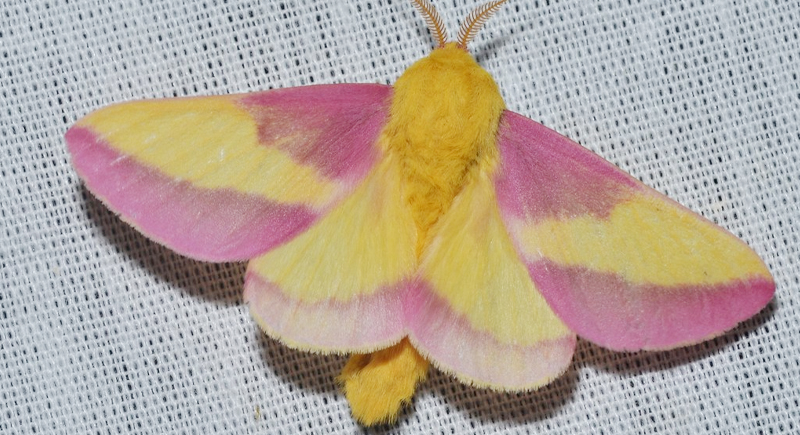
Credit: flickr
This tiny cotton candy could pass for a pastel-themed party favor. The Rosy Maple Moth is drenched in hot pink and buttery yellow and looks like it flew out of an ’80s toy commercial. It is native to eastern North America, prefers maple trees, and flies about during warmer months.
Luna Moth
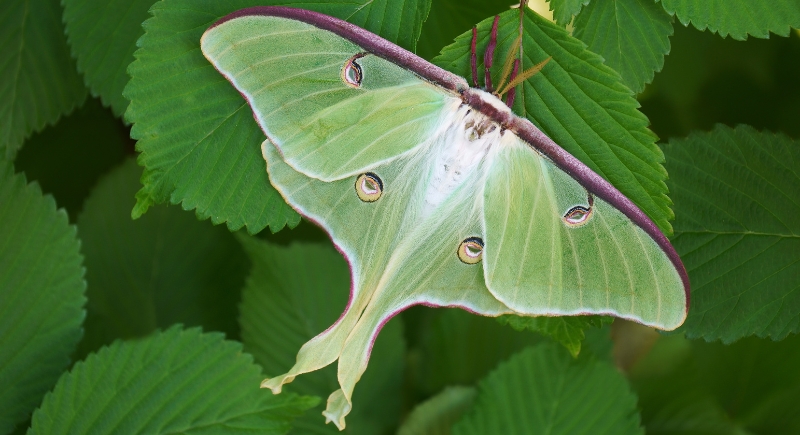
Credit: Getty Images
The Luna Moth is the fairy of the insect world with pale green wings shaped like leaves and long, streaming tails. Its mission is to mate before its short life ends, usually within a week. Its wingspan can reach 4.5 inches, and it makes for an impressive nighttime sight.
Madagascar Bullseye Moth
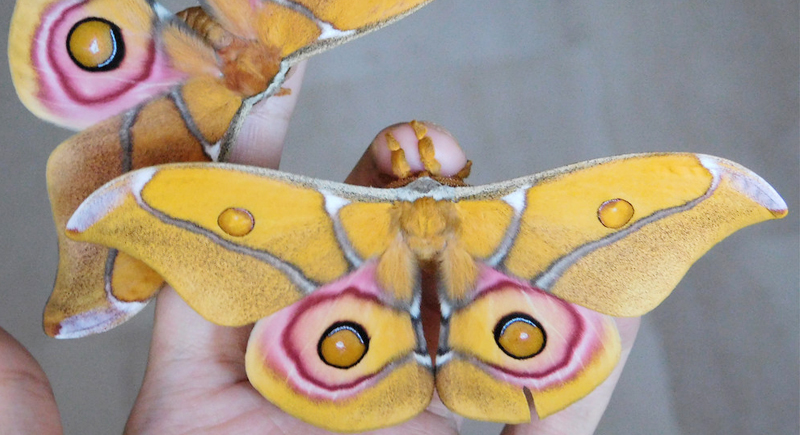
Credit: flickr
The Madagascar Bullseye Moth has bold, circular markings on its hindwings that look like staring eyes—perfect for scaring off birds or nosy creatures. Its velvety black wings also have contrasting yellow accents.
Cinnabar Moth
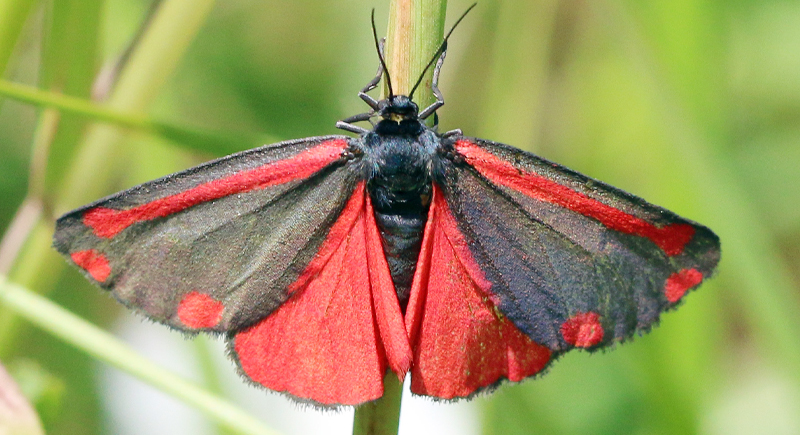
Credit: Wikimedia Commons
Red and black are nature’s way of saying, “Don’t mess with me.” The Cinnabar Moth wears its warning loud and proud. This moth is found throughout Europe and was introduced in North America for weed control, since its larvae feed on ragwort, a toxic plant. While they are small in size, they catch the eye of hikers and gardeners.
Oleander Hawk Moth
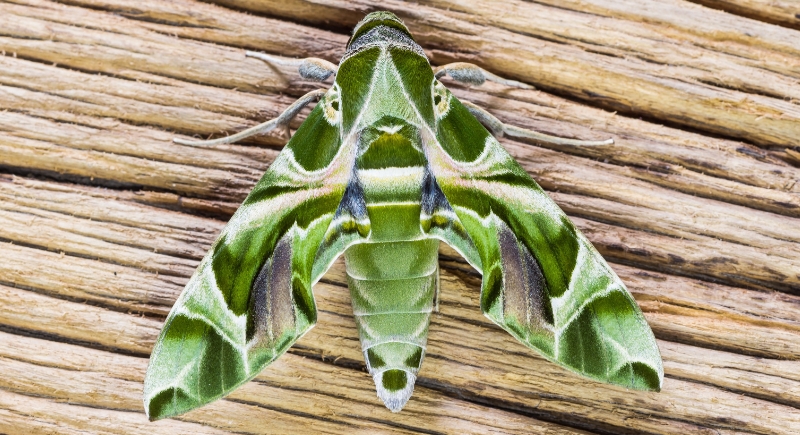
Credit: Getty Images
At first glance, the Oleander Hawk Moth looks like a forest-green military patch with wings. Its wings feature olive, mint, and dusty pink shades in a pattern that helps it vanish into leaves during the day. But when night falls, it becomes a strong flyer with a wingspan of about 4 inches.
White Witch Moth
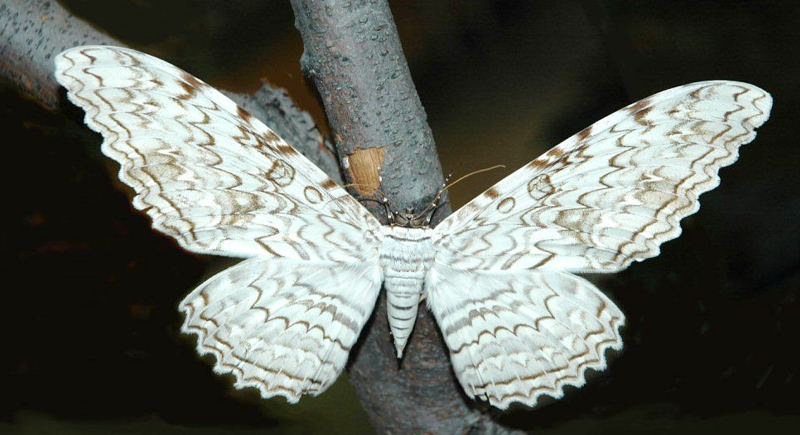
Credit: flickr
The White Witch Moth glides like a ghost through the treetops while carrying the widest recorded wingspan—up to 12 inches. Its marbled silver and brown wings mimic the texture of tree bark, which makes it nearly invisible when resting. Locals call it “Mariposa Fantasma.”
Garden Tiger Moth
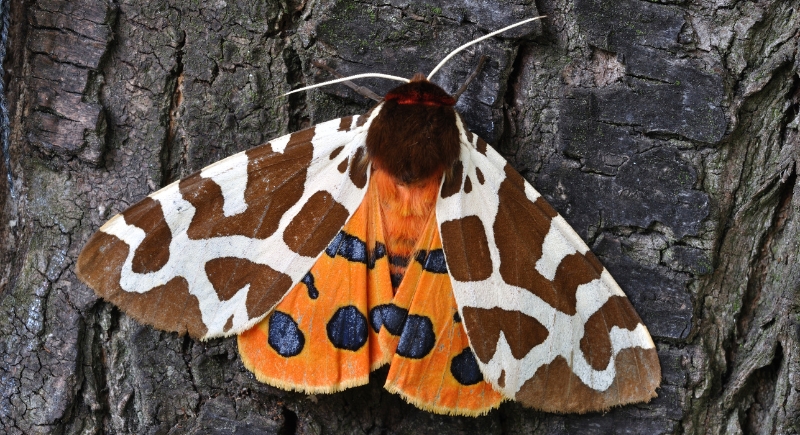
Credit: Canva
This moth struts around with rich chocolate-brown forewings and fiery orange hindwings covered in bold black spots. It’s found throughout Europe and parts of North America and doesn’t rely on speed to stay safe. Instead, it advertises its toxicity with color and even makes a hissing noise when threatened.
Spanish Moon Moth
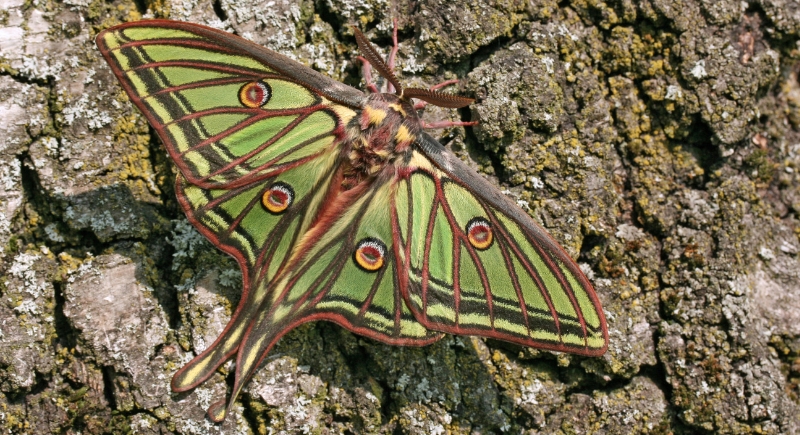
Credit: Getty Images
The Spanish Moon Moth has pale green wings, outlined in velvety black. It spends most of its life as a caterpillar munching on pine needles before emerging as a short-lived adult. It flies only during dusk and dawn, timing its appearance like clockwork.
Japanese Lichen Moth
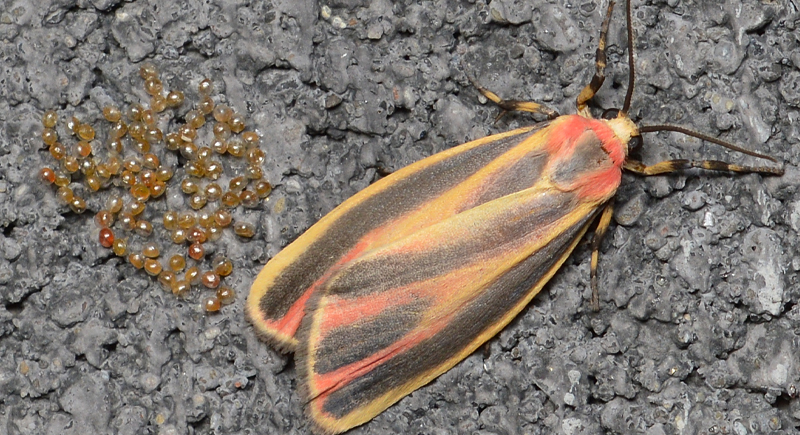
Credit: Wikimedia Commons
The Japanese Lichen Moth hangs out on bark during daytime while blending in until it flutters away in a flash of color. Scientists suspect its coloring mimics toxic species, which helps it stay safe from hungry birds.
Elephant Hawk Moth
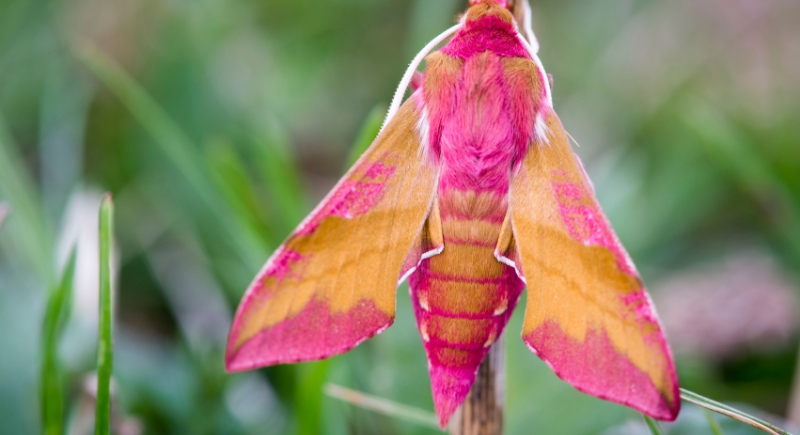
Credit: Getty Images
It’s pink, green, and surprisingly fast. The Elephant Hawk Moth bursts out of the garden, almost always unexpectedly. It shows off bright magenta and olive-green wings with a soft, furry body as an adult. Despite the wild coloring, it manages to hide well during the day.
White-lined Sphinx Moth
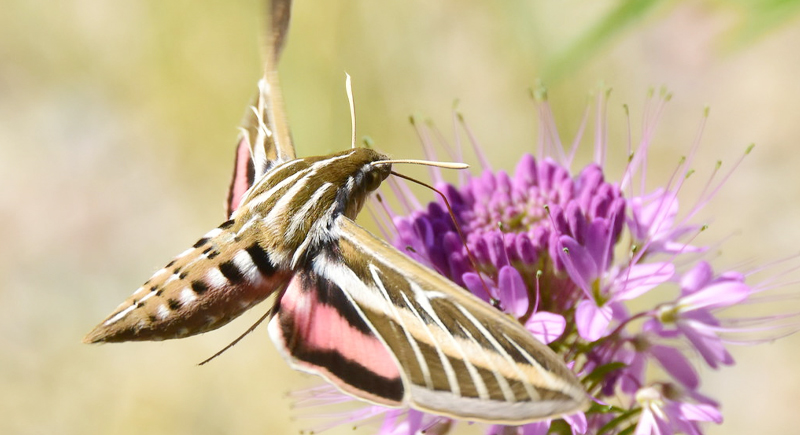
Credit: flickr
The White-lined Sphinx Moth is often mistaken for a hummingbird as it hovers at flowers in the early evening. Its wings feature crisp white streaks over earthy brown tones, and its body moves quickly. It appears during spring and summer, especially in gardens full of petunias or honeysuckle.
Cecropia Moth
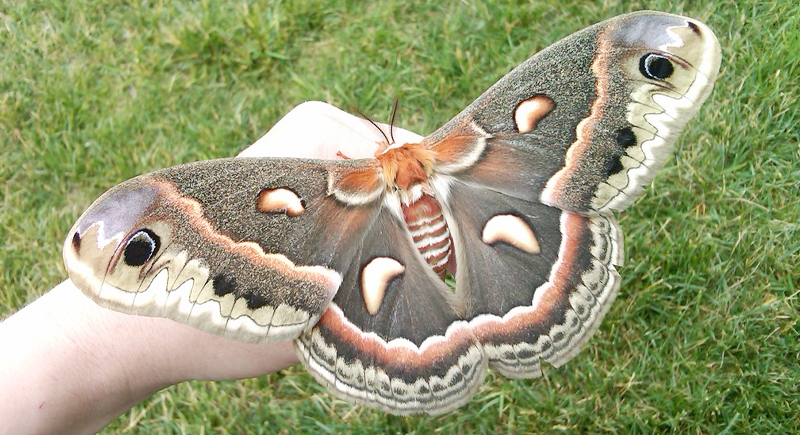
Credit: flickr
The Cecropia Moth doesn’t do subtle. It has a wingspan that can stretch over 6 inches, and the North American native puts on a full visual display: rust-red wings, crescent-shaped white spots, and bold eyespots at the tips. It emerges in late spring after months in a cocoon, ready to find a mate, fast.
Io Moth
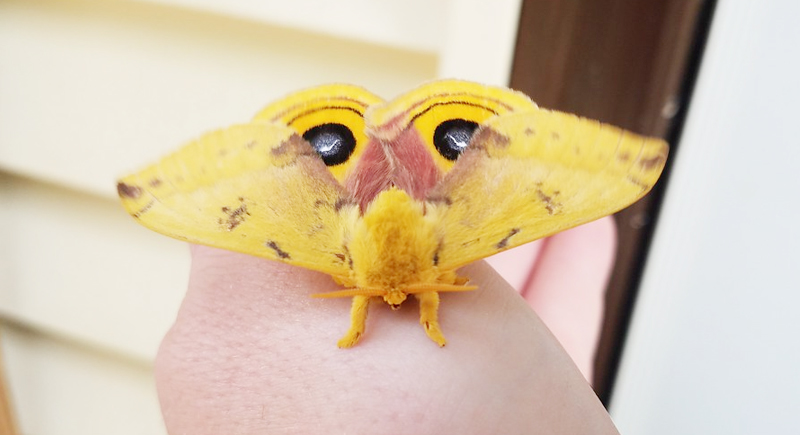
Credit: flickr
The Io Moth loves to surprise. At rest, it shows off plain yellow or brown wings. But disturb it, and out come bright eyespots on the hindwings that resemble staring owl eyes. This flash can spook birds and other predators long enough for a quick escape.
Brahmin Moth

Credit: flickr
This moth carries intricately patterned wings that combine black, tan, and warm rust tones in near-perfect symmetry. It’s rarely spotted and tricky to photograph, usually flying high and active only at night. Its design mimics tree bark and fallen leaves.
False Tiger Moth
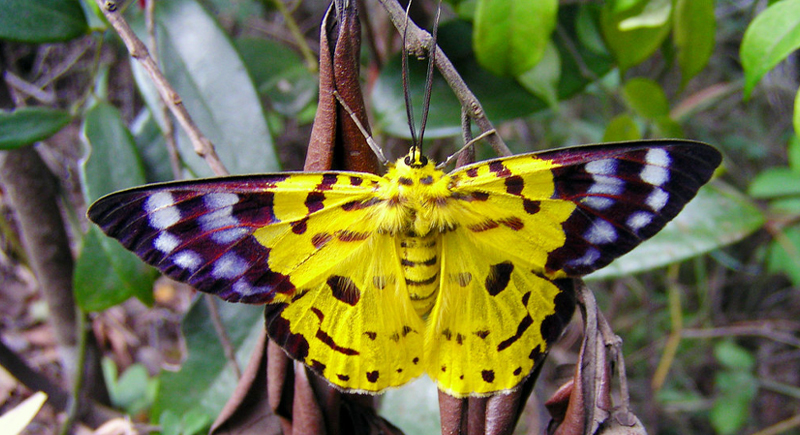
Credit: flickr
The False Tiger Moth isn’t trying to pretend it’s harmless. It’s orange, black, and white patterns look scribbled on by a graffiti artist and give predators a clear warning: not tasty. These moths are found across parts of Asia and use mimicry to their advantage by copying the look of toxic species.